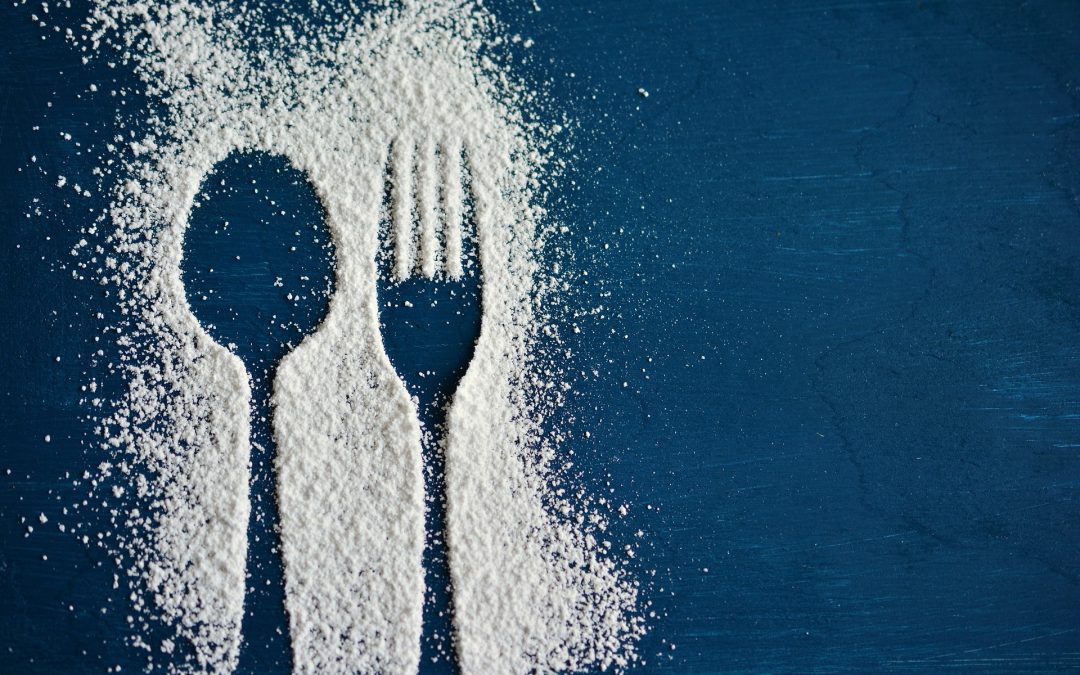Few months ago, me & my husband took a sugar free challenge after listening to this Slow Home Podcast. The aim of the sugar free challenge is to only consume food with less than 5% sugar per serving for a month. A big part of the challenge is to decipher food label. In most cases, it is rather confusing. We have since relax the rules but as a result of that challenge, I often read labels when grocery shopping. At first this can take extra time, but it is worth it.
Recently FDA published the final rules for a new Nutrition Facts label for packaged foods. The new label, which replaced it’s 20 yo predecessor, supposed to help consumers to make better informed food choices. Side by side of the old (LEFT) & new label (RIGHT) below for comparison.

There are two main areas on a food label that provide information about sugar content; Nutrition Facts and Ingredients. The new label is certainly more concise and easier to read. Plus it now includes the added sugar component. The FDA defines “Added Sugar” as sugars that are either added during the processing of foods, or are packaged as such, and include sugars (free, mono- and disaccharides), sugars from syrups and honey, and sugars from concentrated fruit or vegetable juices that are in excess of what would be expected from the same volume of 100 percent fruit or vegetable juice of the same type. The updates to the label will help increase consumer awareness of the quantity of added sugars in foods. Consumers may or may not decide to reduce the consumption of certain foods with added sugars, based on their individual needs or preferences.
The infographic below summarizes the upgrades to the new label which overall I find to be helpful.
By learning to read labels, you can compare many different brands of the foods you love to find the option with the lowest grams of sugar. Try comparing soups or cereals next time you are shopping. Every gram makes a difference and by comparing labels, you may be able to reduce 20, 30, 40 or more grams of sugar per day. The point is to cut back wherever possible! Be advised, that women should eat no more than 25 grams of added sugar per day, however, that may still be too much if you are experiencing gut-related symptoms.
The other key information to look at is the ingredient list. Sugar should not be within the first 3-5 ingredients. The ingredients are listed by weight from heavy to light so if the first few ingredients include sugar, your food is mostly made up of sugar. Food companies are tricky and many use 3 or 4 different types of sugar to disperse the weight so they can list the ingredients later in their list as to not draw attention. There are many different names for sugar and it is wise to briefly review them to become familiar.
The FDA has issued statement that the new Nutrition Facts and Supplement Facts label final rule and the Serving Size final rule needs to be fully adopted by Jan. 1, 2020, for manufacturers with $10 million or more in annual food sales. Manufacturers with less than $10 million in annual food sales would receive an extra year to comply—until Jan. 1, 2021. So we will start to see the new labels on the shelves starting from 2018 onwards.
Any initiative towards consuming less sugar and more awareness of what we put into our body is a move in the right direction for sure. I have personally experienced a lot of improvement especially relating to my energy fluctuation as well as reduction in PMS related symptoms such as acne & mood swing since I watch my sugar consumption.


